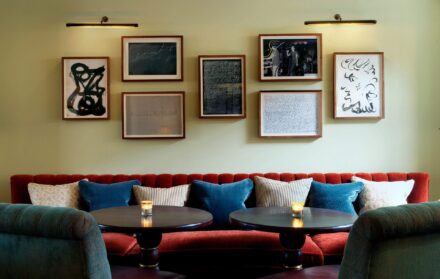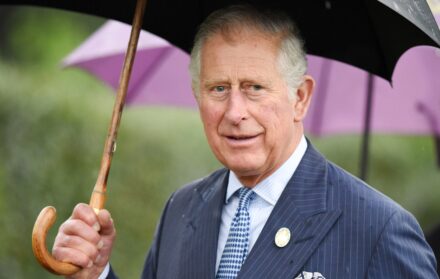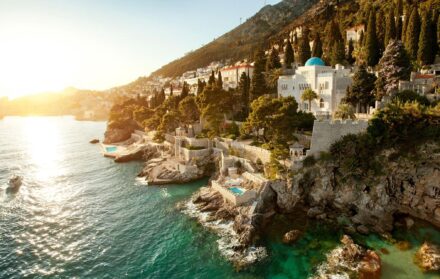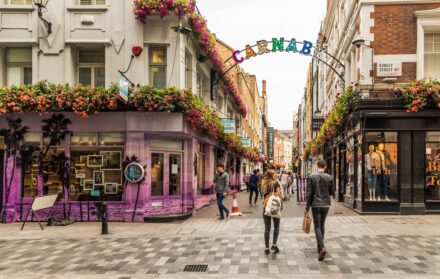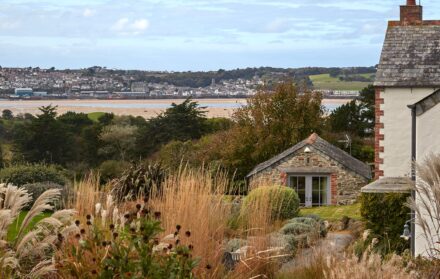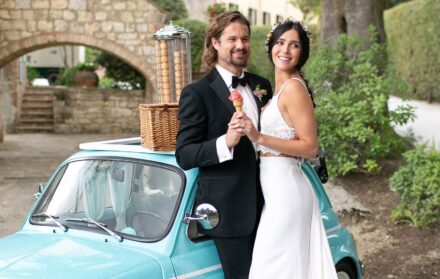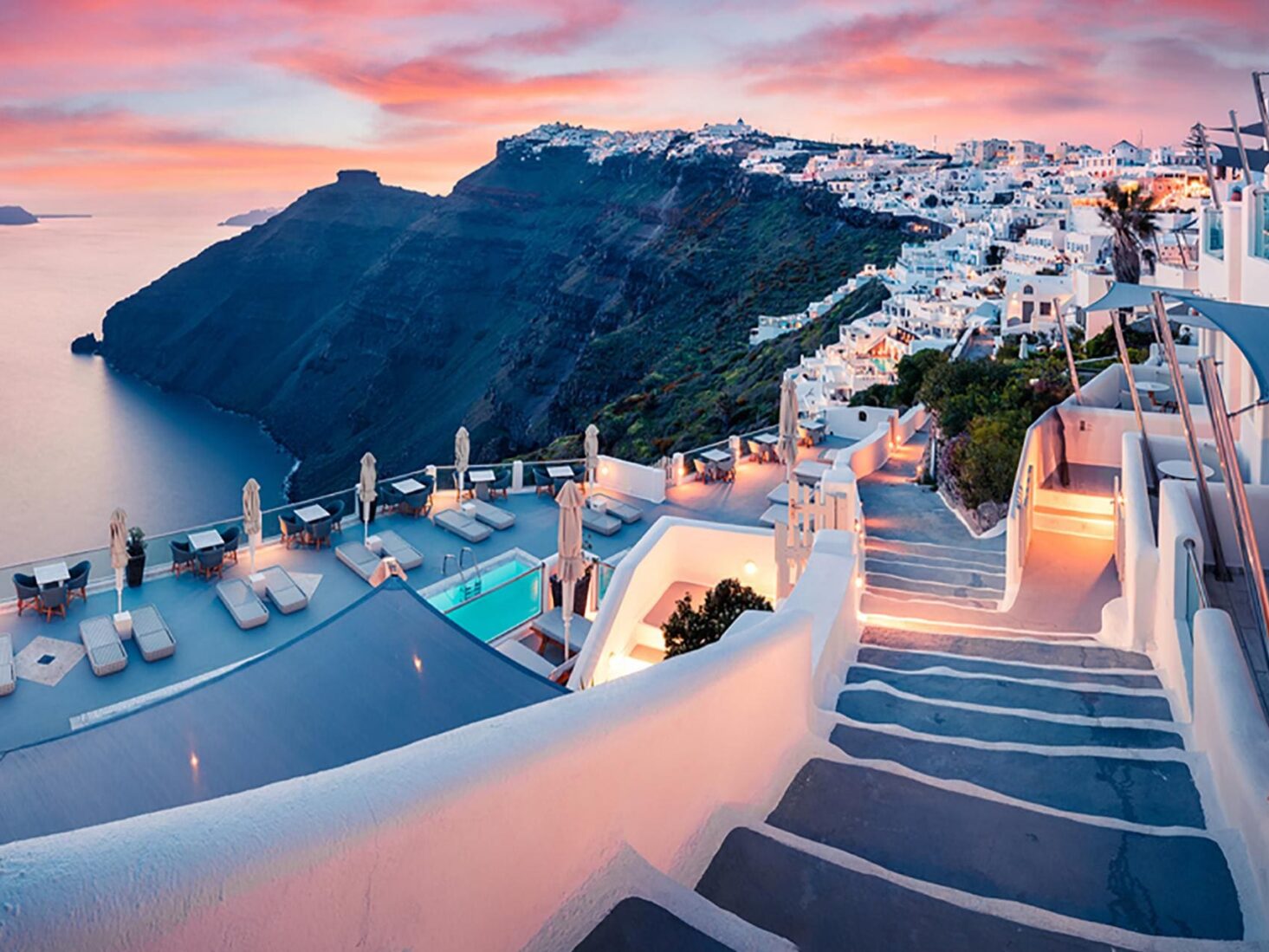
Surviving Santorini: the seismic island with the power to move
Santorini. The southernmost member of the Cyclades. The sunset Mecca. Three miles wide. Ten miles long. Two million visitors a year.
Red-hot tempers on hot black tarmac. Following the storm, a three-day backlog of ferries arrives in the concrete port of Athinios all at once. There’s one way in; one way up. A single, precipitous road that zig-zags from sea level to the summit of a 700-ft cliff. It’s bumper to bumper. In a desperate bid to make their ferry before it leaves, people at the top are abandoning their coaches and running down the switchbacks with suitcases above their heads. Scooters weave through the melee, making things worse. It’s farcical. It’s dangerous. Santorini is failing the stress test.
By the water’s edge, the sun-drenched pandemonium continues. A hot, sticky cacophony of car horns, ferry horns, lorry brakes, police whistles, and that sweet, festival smell of a thousand sweaty bodies sharing too little space. Buses don’t venture down here. All taxis are taken. All cars are full. Salvation arrives in the shape of a Mark Ruffalo look-alike in a rented Suzuki Swift. We thumb a lift and are in his back seats before he can say no.
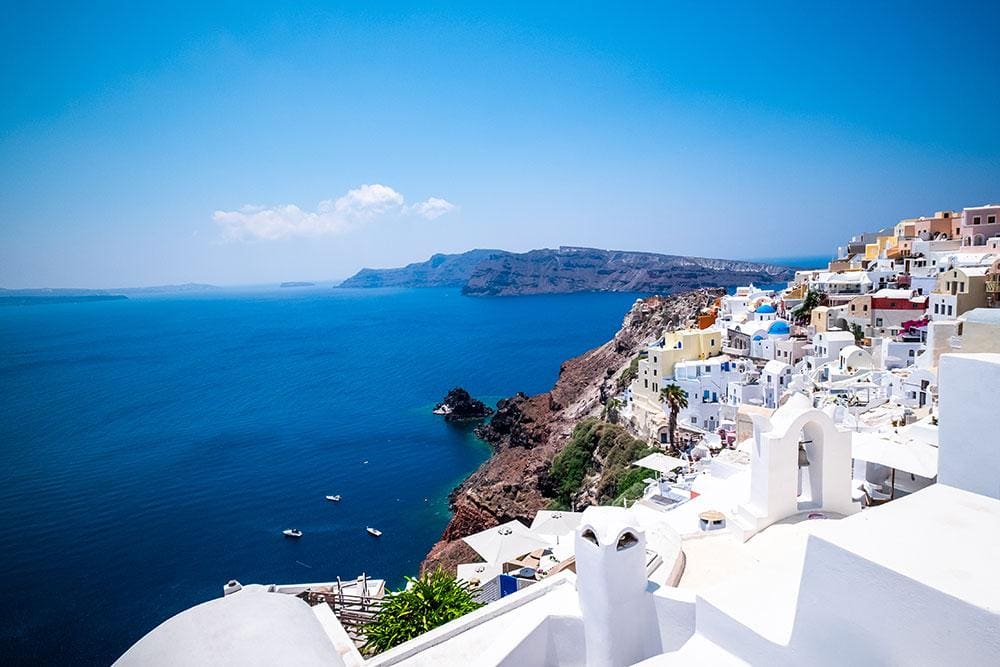
Santorini. The southernmost member of the Cyclades. The sunset Mecca. Three miles wide. Ten miles long. Two million visitors a year. They come for the caldera – the sea-filled crater created some 3,600 years ago when a round volcanic island erupted, buckled and collapsed into itself. Croissant-shaped Santorini was the consequence. Seismic tremors are still a fact of life. In 2012, café owners watched as empty wine glasses started to rattle. Tour guides reported smelling strange gasses. Scientists discovered that a swell of more than 10 million cubic metres of molten rock had rushed into the magma chamber under the island. The last great earthquake struck in 1956. It levelled most of the island’s two main villages. Inhabitants were forced to migrate to Athens. Slowly they returned. Now it’s cash-strapped Athenians who seek solace in Santorini’s hospitality industry.
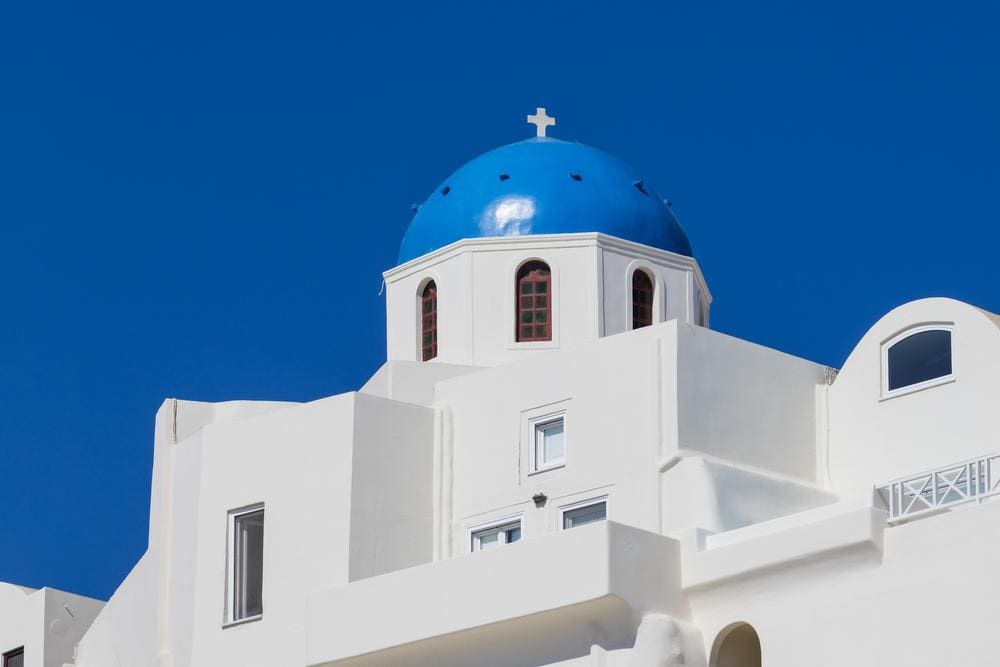
The island’s not actually called Santorini. It hasn’t been since the first half of the 19th century. It was the Romanian Empire that named it so 600 years earlier, a reference to the Christian martyr Saint Irene, or Santa Irini. During the 1820s, newly-independent Greece officially renamed it Thēra – which morphed into Thera, which can also be spelt Thira. More helpful still, the capital city is called Fira. The rest of the world seems to have settled on Santorini.
Mark dropped us off at the side of the road at the top of the cliff. We paid him some money, bade him farewell and put in an SOS call to Hotel Kirini. Twenty minutes later, a taxi arrived. Ten minutes after that, we were being handed a welcome cocktail in the calming white confines of cave-style Kirini. Out of the madhouse, into the asylum.
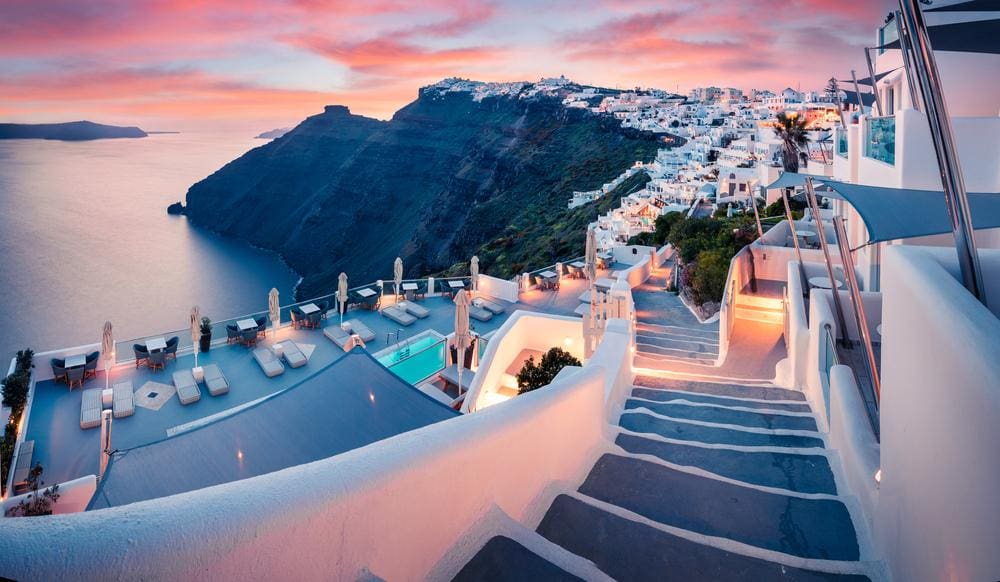
Reopened after a renovation in 2015, Kirini is part of the Katikies group. The original Katikies hotel opened in the late 1980s as the first property in Santorini to feature an infinity pool and rooms with private plunge tubs. Where it led, every other Santorini hotelier followed. As well as Kirini, the group now operates Villa Katikies and Katikies Garden.
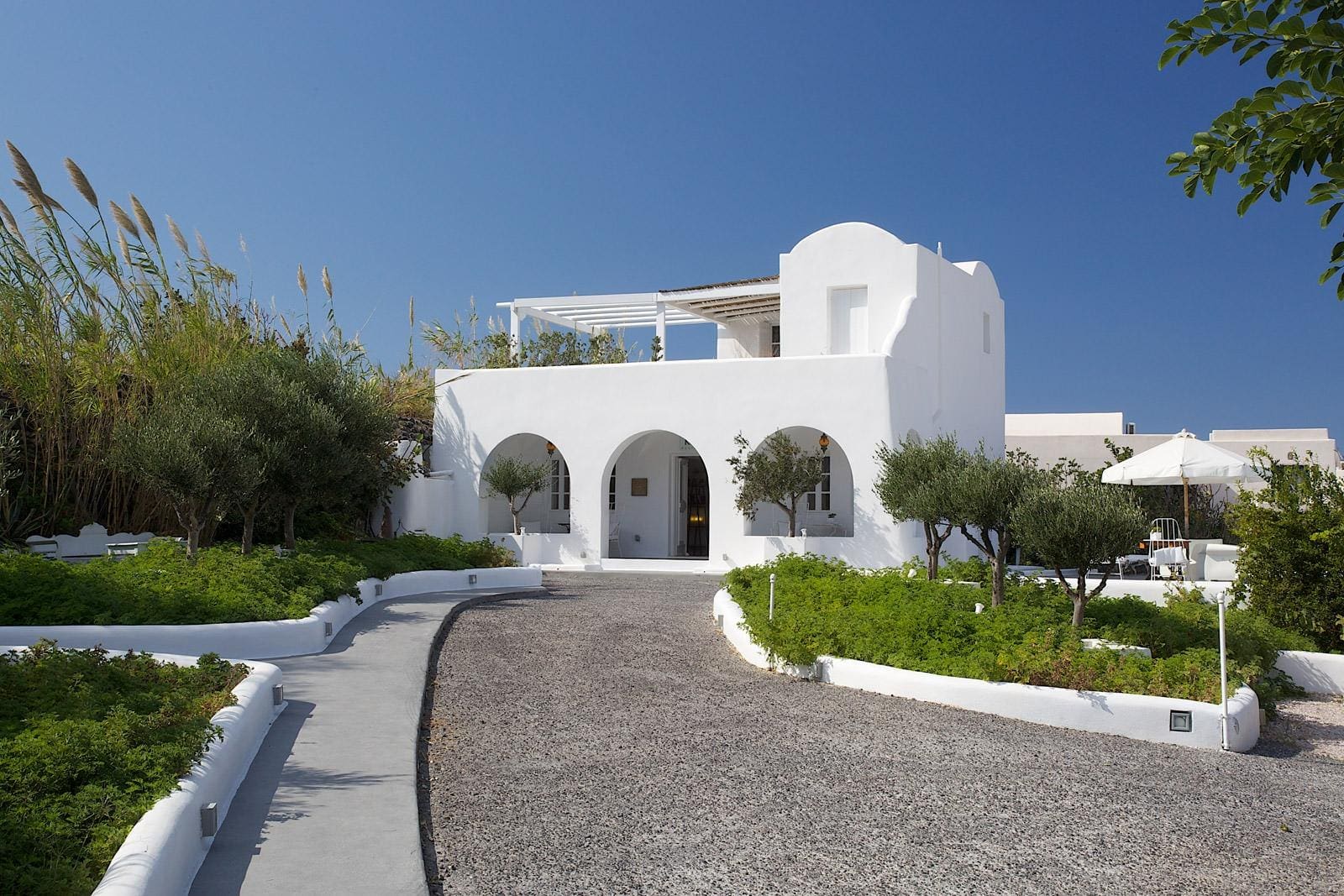
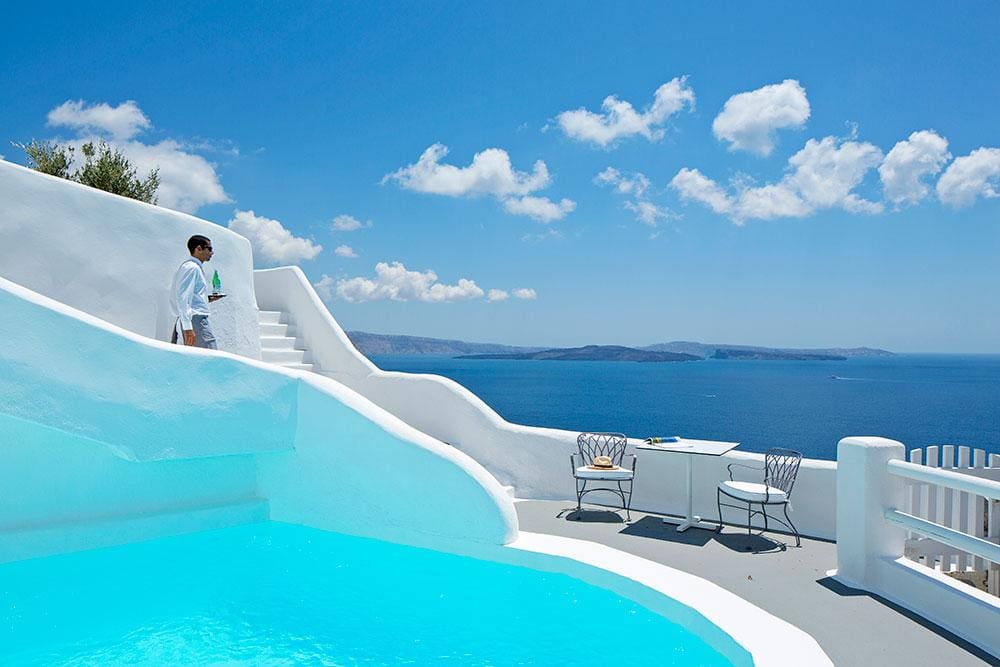
Kirini is the Santorini you see on Instagram. Carved into the cliffs at Oia – the island’s most picturesque town on its celebrated, elevated, sunset-facing west coast – the vertically set, all-suite property is a series of white, domed scafta (the Greek name for those traditional houses carved into rock) linked by a labyrinth of white-and-grey stairways. It has a communal infinity pool, suites with private Jacuzzis and, as you’d expect from a property that employs someone full time to re-touch the brilliant-white paintwork, is picture-perfect from every angle.
A team of around 30 staff oversees 26 rooms. Each is soundproofed and comes with an iPod and docking station. Choose from a mood-ranging selection of pre-loaded playlists. Nice touch. Ditto the Nespresso coffee machine. There’s a spa and, come sunset, the chance to sample local wines al fresco at the hotel’s perfectly-angled Anthós restaurant. For the rest of the time, it’s about having that spectacular panorama all to yourself – a rarity in Santorini.
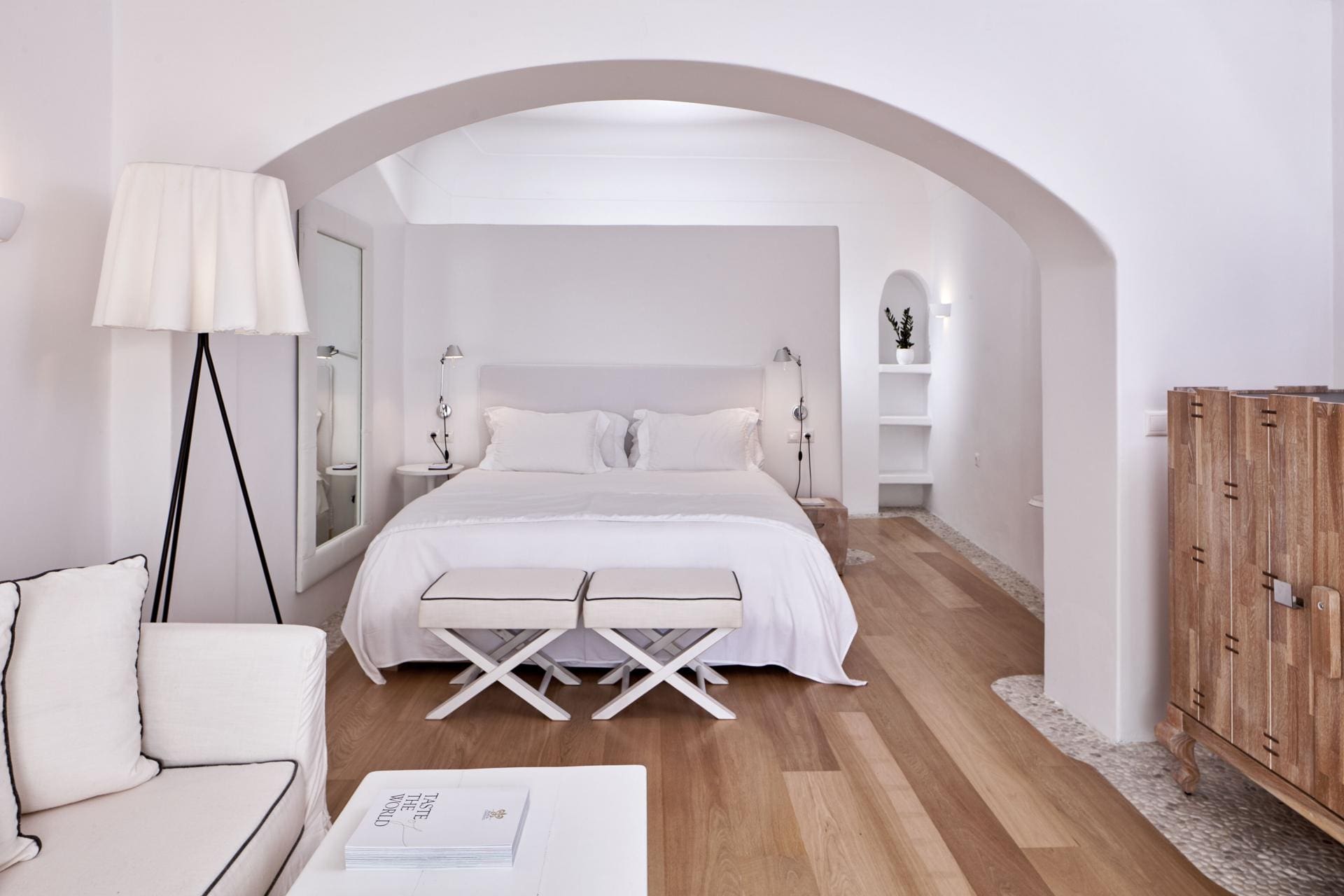
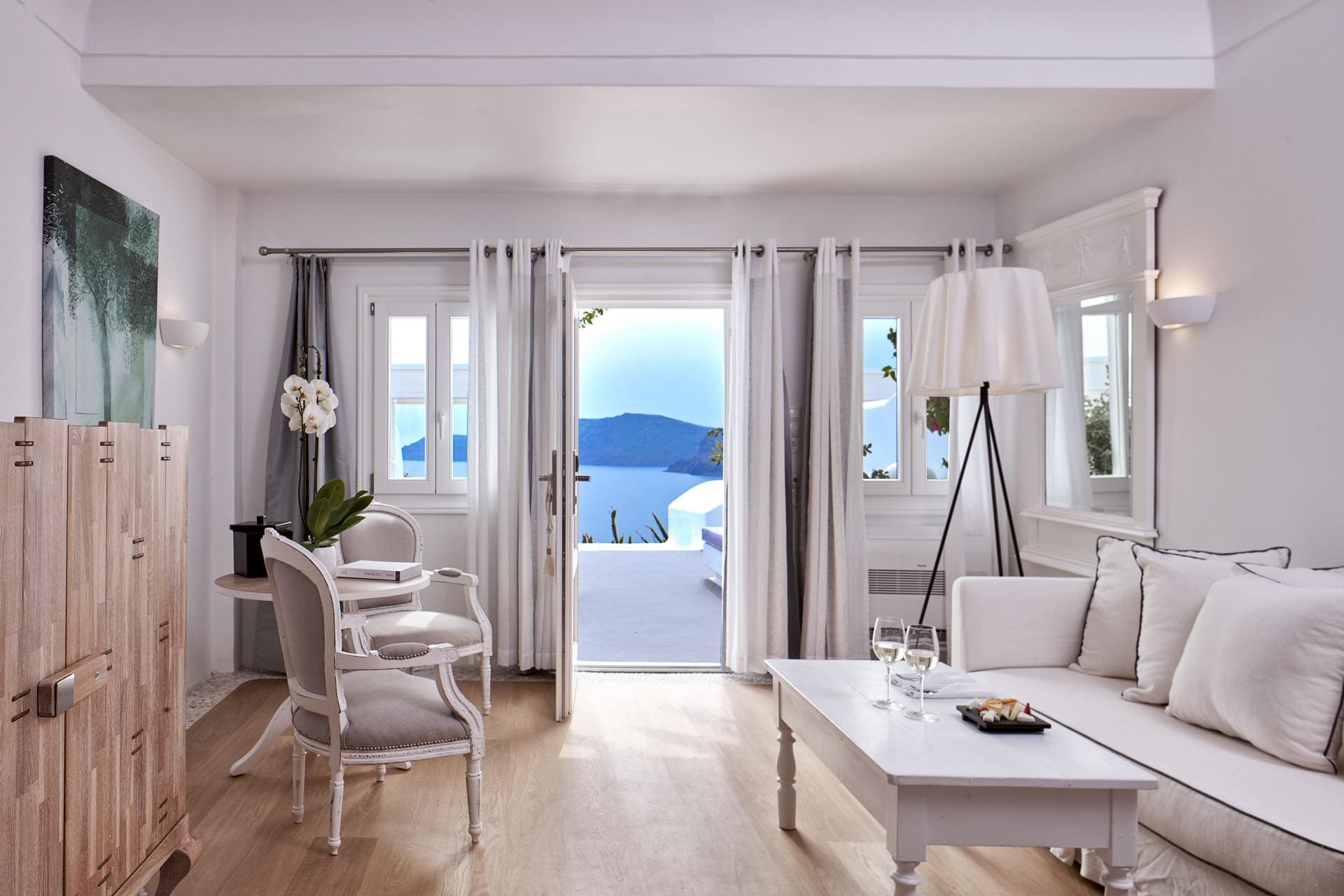
Rates at Kirini Santorini start from €340 (approx. £296) per night for double room, including breakfast, katikies.com/kirinisantorini




